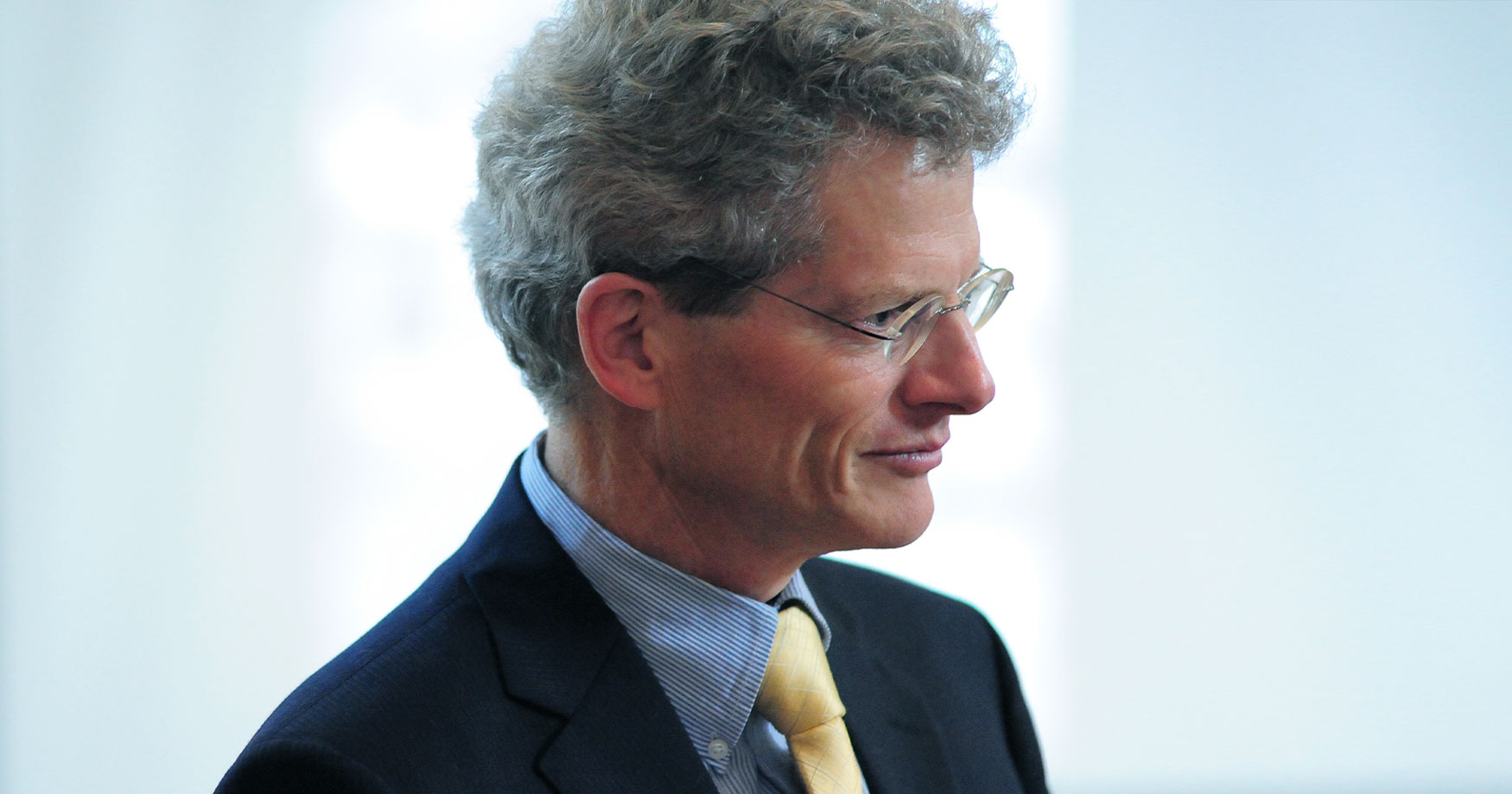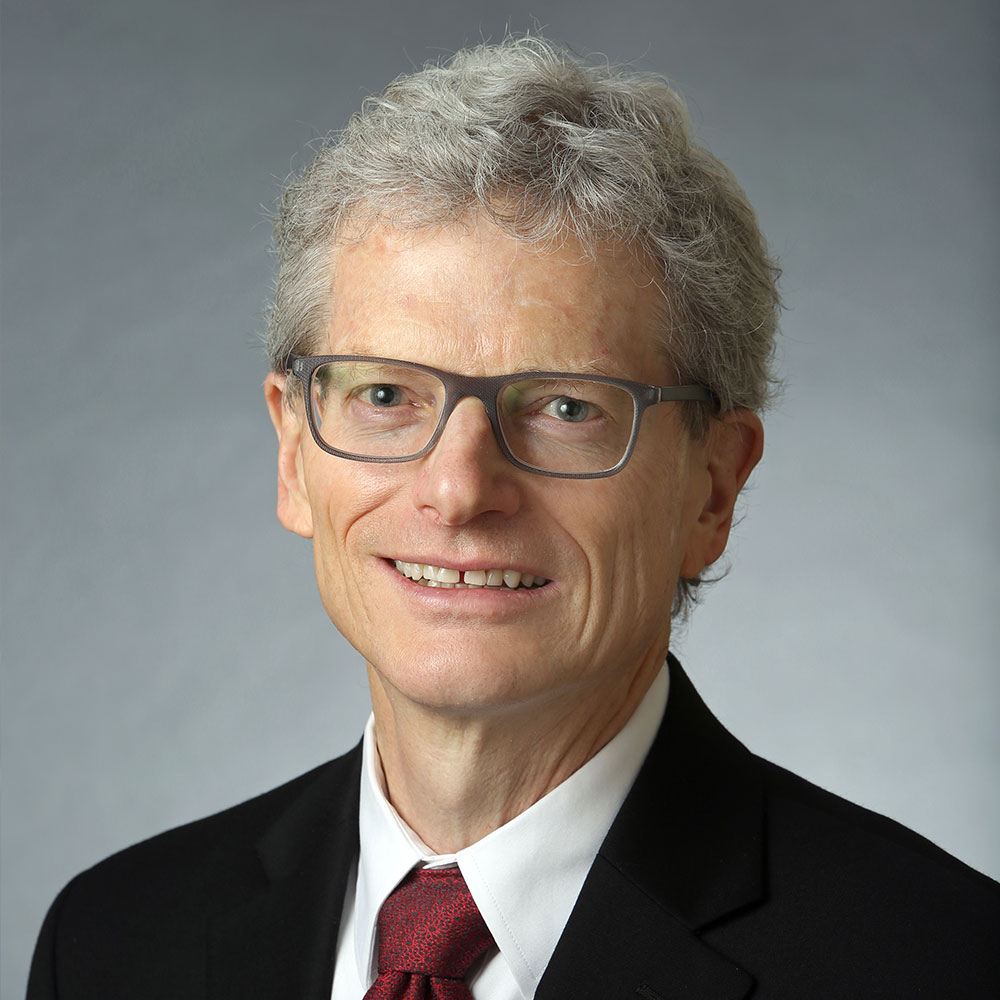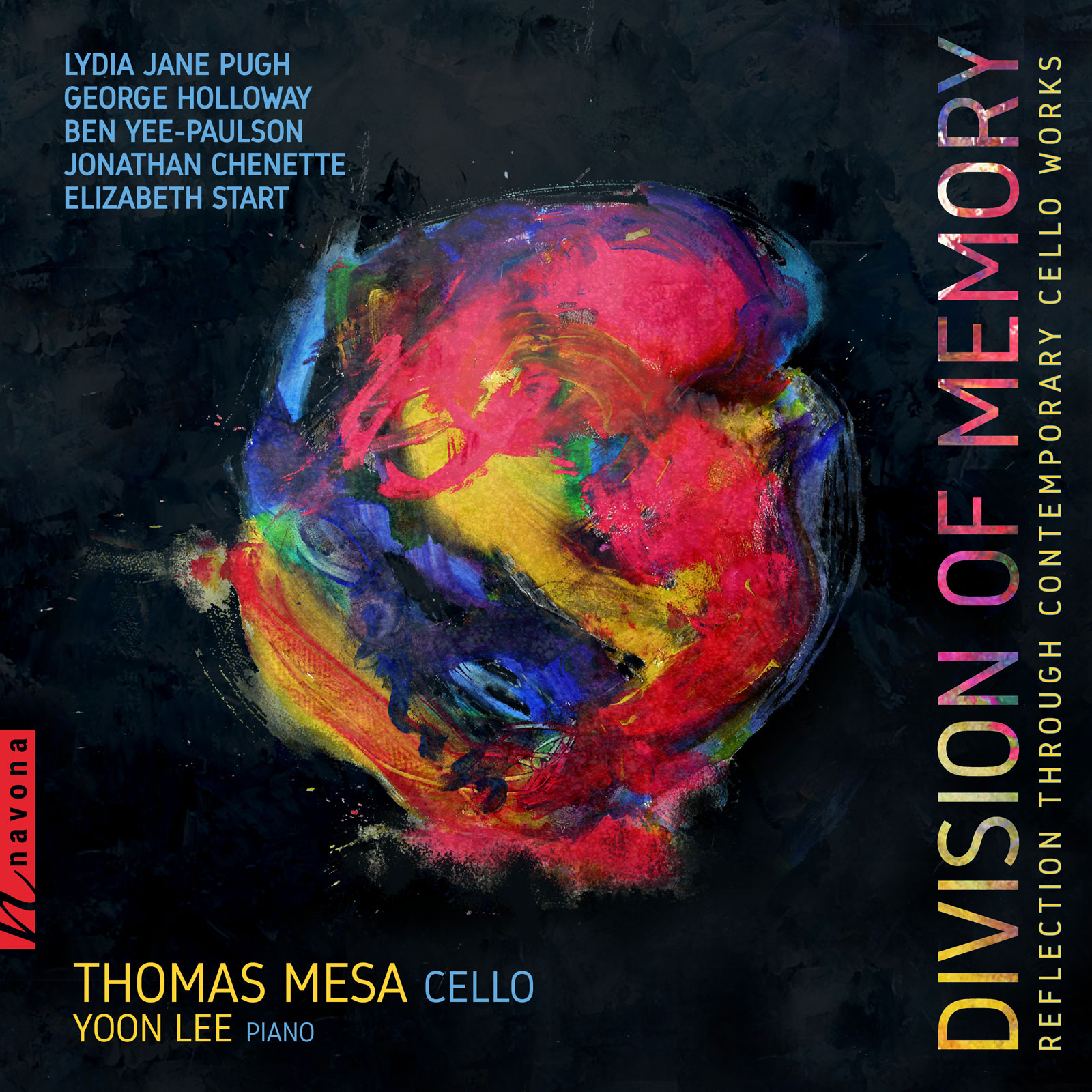
A comprehensive collection featuring a variety of sound production methods displayed on the cello by Thomas Mesa, DIVISION OF MEMORY from Navona Records delivers a wide range of works, each with their own compositional personality and a repertoire dedicated to the multifaceted soundscape of the cello. Jonathan Chenette’s Elegy and Affirmation draws upon a wide range of influences, from a conversation with the mother of a victim of the World Trade Center collapse, a snippet from a nostalgic Stephen Foster tune, various moving elegies, and more.
Today, Jonathan is our featured artist in “The Inside Story,” a blog series exploring the inner workings and personalities of our composers and performers. Read on to learn how Shulamit Ran helped alter the course of his career and the unique course he taught on sound, sonic art, and the environment…
When did you realize that you wanted to be an artist?
In my senior year at the University of Chicago, I found myself completing my math major with no idea of what to do next. Actuary? Math Ph.D.? Having taken several music theory courses and done well but mostly engaged musically on trumpet and piano in official (Orchestra, Band, and Gilbert & Sullivan Opera Company) and unofficial (Lower Brass Conspiracy, Kazoo Marching Band) organizations, I sought advice from friends. When I said “I’ve always been intrigued by the idea of composing music,” I surprised myself. They responded “Well, why not?” That was when I realized maybe it was possible. I signed up for Shulamit Ran’s “Intro to Composition” course, and convinced her to accept me despite her expectation that students had composed before – “I mean, you call it ‘Intro to Composition’, right?” — and ended up composing a quirky little piece that led her to say she was glad she admitted me in spite of her previous misgivings. Thanks, Shulamit! Graduate studies followed at the only school that accepted me: the University of Chicago, through the advocacy of my undergrad theory teacher. These little moments of affirmation from friends and professors were what started me as a composer.
What was your most unusual performance, or the most embarrassing thing that happened to you during a performance?
The most personally humiliating moment of my musical life was my audition for the Lima Ohio Symphony concerto competition as a high school student. I played Mozart’s piano concerto in F, K. 459 – at least the first minute or so of the solo part — before my shaking became uncontrollable. I froze, fell apart, and walked off stage in tears. There was no comeback. It was one of those moments that, much later, made composing the right musical emphasis for me.
As a composer, my most unusual performance was in a small gallery at the Cedar Rapids Museum of Art. Surrounded by seven artworks from the museum’s collection, seven Iowa composers and a small audience that could be packed into the gallery enjoyed premieres of music inspired by the artworks around us that we composers had chosen. The commissions and premieres were by the wonderful Boland-Dowdall Duo (flute & guitar). A special treat was the beautifully framed presentation of page 1 of each composition next to the work that inspired it. My Fast Track opening page appeared next to Sam Gilliam’s colorful print of the same name.
What is your guilty pleasure?
Chocolate, definitely. Any time, any place, the darker the better, breakfast, lunch, dinner. Current fave: Alter Eco “Super Blackout” organic dark chocolate, 90% cacao. That divine delight has maintained its preeminence for several years now, and I receive no commission for saying that.
If you could make a living at any job in the world, what would that job be?
I would be an environmental sound collector and composer. Hiking, jogging, biking, and snowshoeing in remote places are my passion. Experiencing these places through the medium of sound combines my passion and my profession. Endangered soundscapes represent this fragile world and the unsustainable path we need to leave. I taught a course on “Sound, Sonic Art, and the Environment” last winter/spring during a Covid peak, and the students and I spent much of our time outdoors exploring and documenting the soundscapes of our beautiful campus arboretum and ecological preserve. Urban sounds — especially rushing traffic — were never far away, but it is amazing what you can experience and what peace you can find when you open your ears.
What was your favorite musical moment on the album?
Actually, the very first notes of the album, from Lydia Jane Pugh’s Carolina’s Jig. The sheer energy and infectious joy with which Tommy Mesa plays this music epitomize what I feel at having this album come to fruition after a long Covid delay. We need such a boost in our lives right now. My own piece on the album strives for a similar uplift but over a much longer unfolding.
What does this album mean to you personally?
Elegy and Affirmation is one of my most eclectic and emotionally wide-ranging creations; it wears its heart on its sleeve, even drawing on a sentimental 19th-century Stephen Foster parlor tune, “Gentle Annie,” as an homage to the music’s dedicatee, Ann Nelson. Ann was a 30-year-old bond trader with Chicago trading experience before nine months at Cantor Fitzgerald in New York where she died in the September 11, 2001 terrorist attacks on the World Trade Center. “Gentle Annie” was sung at her funeral. Resulting from a 9/11 memorial commissioning project in connection with an exhibition on “The Healing Arts” at the Blanden Memorial Art Museum, the music draws on a wide array of sources from different countries, eras, and styles. Emerging before a wider audience at this late-Covid-era time of mourning and much-needed healing, the music fits the moment.
Explore Jonathan’s Latest Release
DIVISION OF MEMORY
DIVISION OF MEMORY is available now from Navona Records. Click here to visit the catalog page and explore this album.

Jonathan Chenette’s compositions have received international recognition, including performances on the ISCM World Music Days in Amsterdam, at the World Harp Congress in Vienna, at the Bishop Auckland Early Music Festival in the United Kingdom, and on an NPR national broadcast by the St. Paul Chamber Orchestra. His music appears in publications by Boosey & Hawkes, Theodore Presser, and Fish Creek Music and in recordings on the Innova, Riverrun, Fleur de Son Classics, and Capstone labels. Much of his music has involved collaborations with visual artists, writers, dancers, folk musicians, farmers, environmental advocates, and museums.

